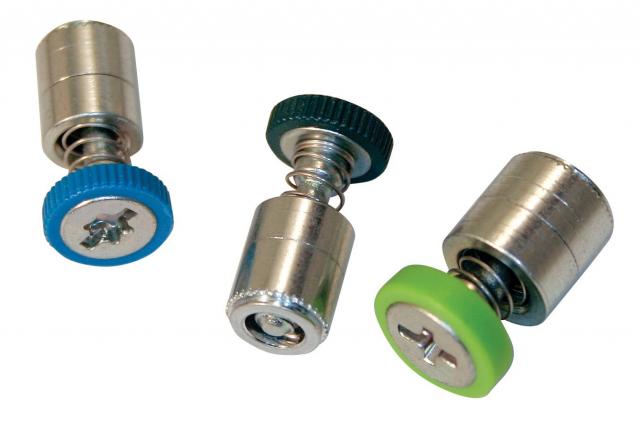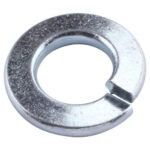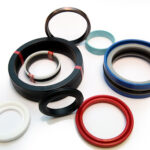Do you know what a captive screw is? This article presents a brief of overview of captive screw types are and the common uses of them. A little bit of information about the latest range of captive screws too is described below along with their releasable mode.
Overview
Captive screws basically are specially designed to lock into position in a hole, enabling easy setting up and removing of the attached pieces even without the complete removal of the screw. Commonly captive screws are used while manufacturing furniture, computer cases, and other equipment that must be developed on high-volume lines, since they are safer and faster to use compared to the other conventional types (because they do not damage or clog the machinery or fall out).
Applications
Several military contractors use captive screws in order to meet military standards that require safe and easy access to objects needing repair. The captive screws allow rapid assembling, since they can be set-up at various points along an assembly line.
Consumers make use of these captive screws, too, especially for furniture which arrives in box and that needs assembling. During such instances, screws take the form of mini-bolts that go through the drilled holes; when turned to grip and lock, the protruding screw in its place. Captive screws like these can be released with just a twist with the help of the screwdriver; otherwise, they remain as it is fixed on the place and furniture could be assembled/disassembled around these without worrying about the falling away of the screws or losing them.
Easy to Use
Disassembling the furniture integrated with captive screws requires little manipulation to release the screws, specifically if the furniture was twisted or dropped, even the firm screws can be released using a screwdriver. The “twist-and-lock” kind of captive screws are the ones which are used commonly on furniture. Few contain nuts or flanges which lock onto parent pieces like: metal or wood, along with others which come with the rings or clips. In few of the applications, mainly in the computer industry, soldering of the screws is done directly onto the parent surface, in order to make their installation/set-up permanent.

Various Types
Most of the captive screws have a hexagonal-head intended for using with the specialized tools. Captive screws come with Philips or standard heads that are designed for usage with drill equipment and ordinary screwdrivers. Captive screws can be found in several configurations and sizes much like the conventional screws premeditated to be utilized for large number of applications. A few captive screws are designed to pivot back or retract to prevent workers being cut or scraped by screws. Slight differences in shank, grooves, or threading may make the switching of different captive-screws inadvisable or difficult, which depends entirely on the application.

Latest Products
Captive screws get snapped into the position with the slightest use of thumb pressure. An aluminium grommet presently retains the screw in a panel to make sure that while disassembling, no loose machinery go missing. The latest range of the captive screws were designed keeping in mind the electronic heat sink applications, to offer high load consistent mechanical fastening which maximizes the thermal conductivity, irrespective of the device’s vibration, shock, and chip thermal-expansion involved.


